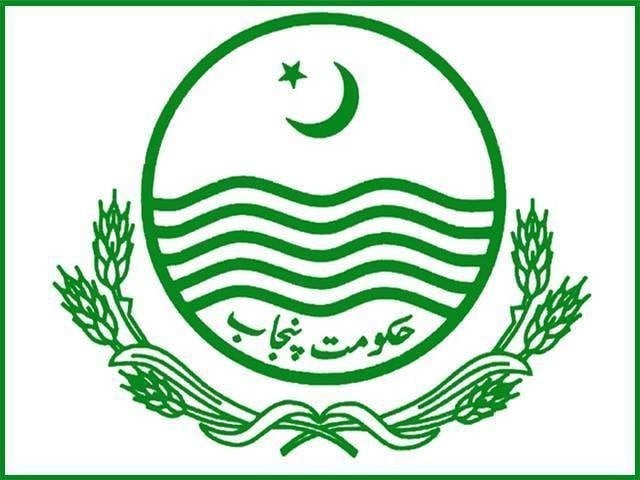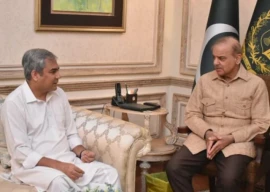
The Punjab government has established a working group comprising 18 departments to initiate the process of preparing Project Concept One (PC-1) for the proposed glass train project, which will run from Rawalpindi to Bhurban Murree.
The Punjab transport minister has been appointed as the chairman of this working group, which includes key officials such as the commissioner of Rawalpindi, deputy commissioners of Rawalpindi and Murree, and other relevant department heads.
The proposed 65-kilometer rail track will stretch from Rawalpindi's Saddar area to Bhurban Murree, passing through scenic landscapes, including the Margalla Hills and Barakahu. The project, named the Murree Rail Link, is part of the larger Murree Development Plan.
National Engineering and Scientific Commission (NESCOM) has been tasked with conducting the feasibility study for the project.
According to a senior official involved with the Murree Rail Link Working Group, the project was formally approved by Punjab Chief Minister Maryam Nawaz, during a meeting held on June 29, 2024, as part of the Murree Development Plan discussions.
Following the approval, the Punjab Government's Transport Department was instructed to immediately prepare the feasibility study and cost estimates for the project. The multi-stakeholder working group, led by the Minister of Transport, was formed in response to these directives.
Providing further insight into the project, the senior officer stated that the Rawalpindi to Murree Bhurban glass train project is under the jurisdiction of the Punjab government. The train will travel from Rawalpindi Railway Station to Murree Bhurban, covering a total distance of 65 kilometers.
NESCOM has already begun work on the project's feasibility, and once the feasibility report is completed, the cost and completion timeline of the project will be determined based on the preparation of PC-1. Drone footage of the proposed train route has also been captured to aid in planning.
The train's route will pass through areas such as Margalla and Barakahu, though the final decision on additional stations along the route will only be made once PC-1 is completed. The working group has been tasked with identifying potential hurdles, such as land acquisition for railway tracks and stations, and recommending solutions to the Punjab government to address these challenges. The group is also responsible for submitting a detailed report on the overall project cost, ensuring the completion of the project with minimal expenditure.


















COMMENTS
Comments are moderated and generally will be posted if they are on-topic and not abusive.
For more information, please see our Comments FAQ